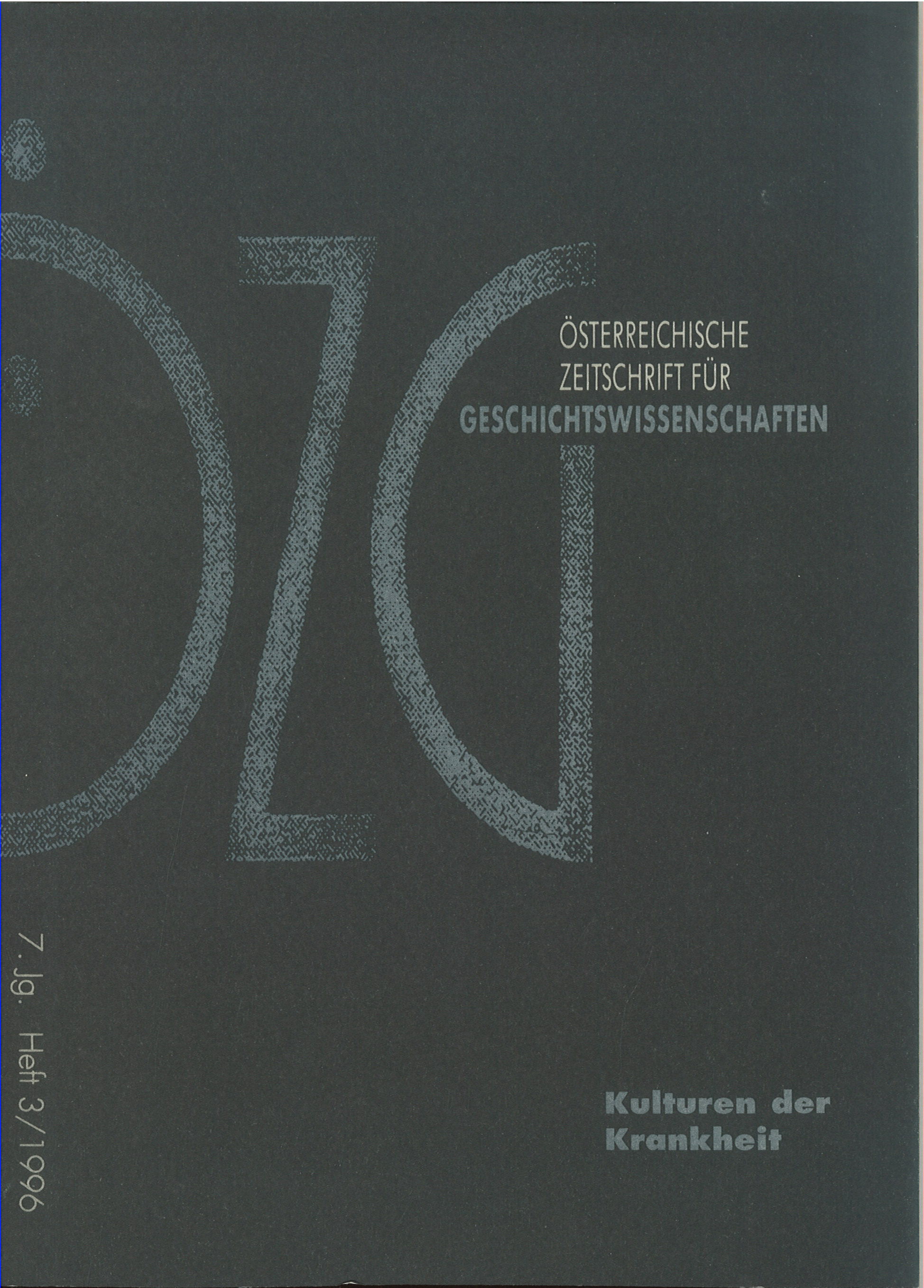„Folk medicine“ as a historical construction
The causes of smallpox as seen through the eyes of the early 19th century public and their relationship to the explanations provided by medical science
DOI:
https://doi.org/10.25365/oezg-1996-7-3-6Abstract
The article investigates some of the ideas held by the non-specialist general public as to the causes of smallpox. By using medical reports of early 19th century physicians on smallpox epidemics, it is possible to analyse some of these popular theories, such as the possibility of material transmission of the disease from person to person, the role played by feelings of „disgust" when confronted with a person suffering from the disease, the potential implications of innate impurities in the blood or of rotten blood left in the umbilical cord after birth, and so on. These ideas are then compared to the explanations given by contemporary doctors. The comparison shows that lay and academic explanations were actually very similar and were closely related to each other in a number of ways. This is demonstrated by looking at several examples of the mutual exchange of ideas between both types of explanation for the etiology of smallpox. Texts which try to emphasize the differences between lay and academic interpretations of the disease should therefore be understood as part of a historical construction of „folk medicine" as a symbolic and supposedly irrational set of ideas and practices, which have been handed down from generation to generation in an unchanging fashion.


